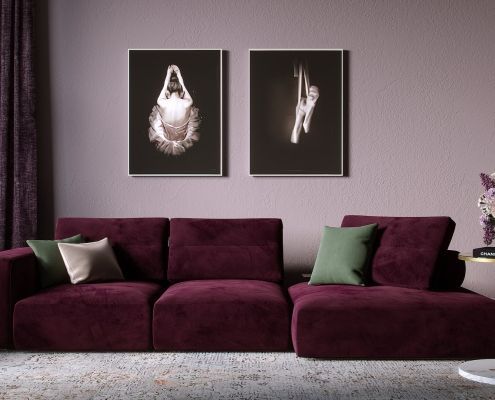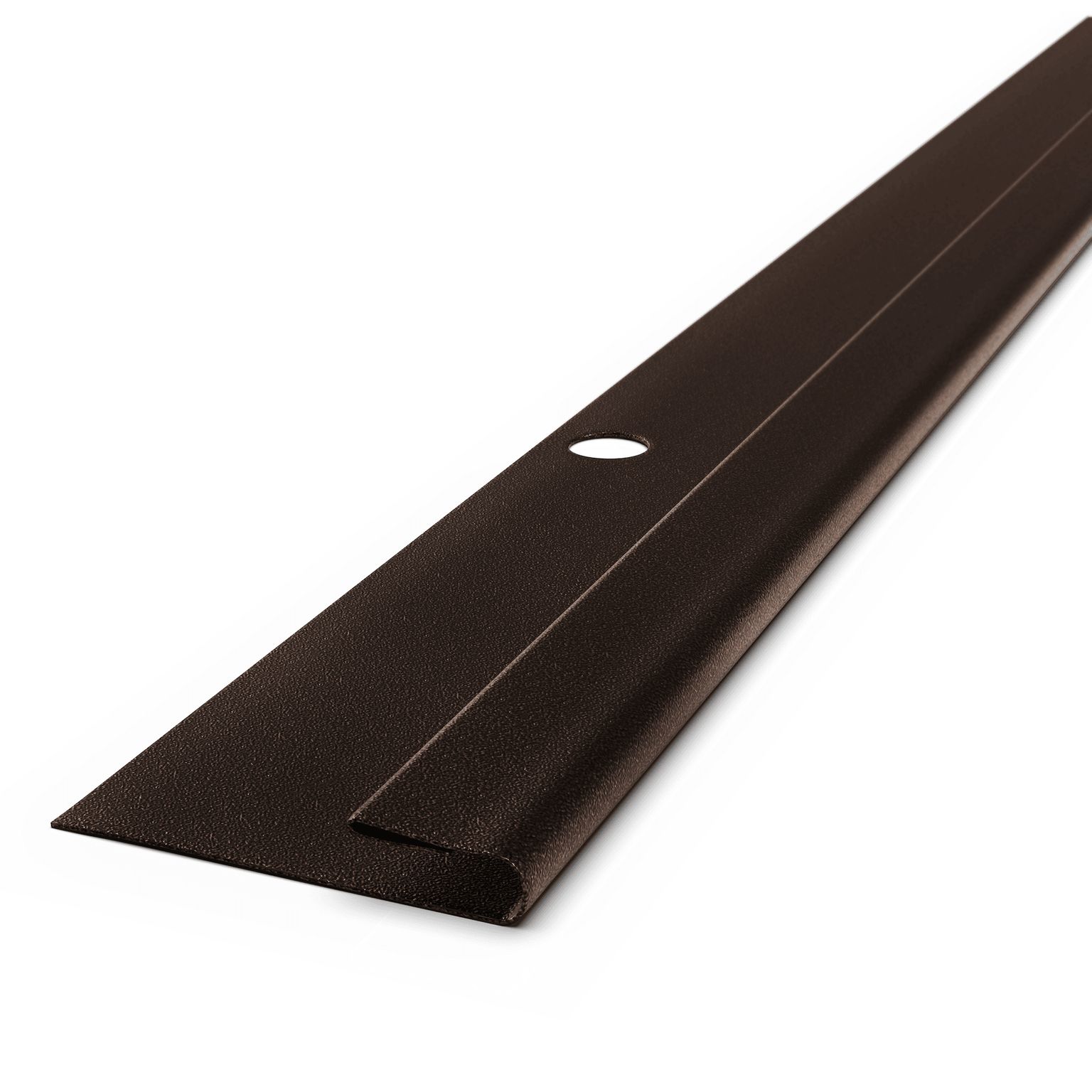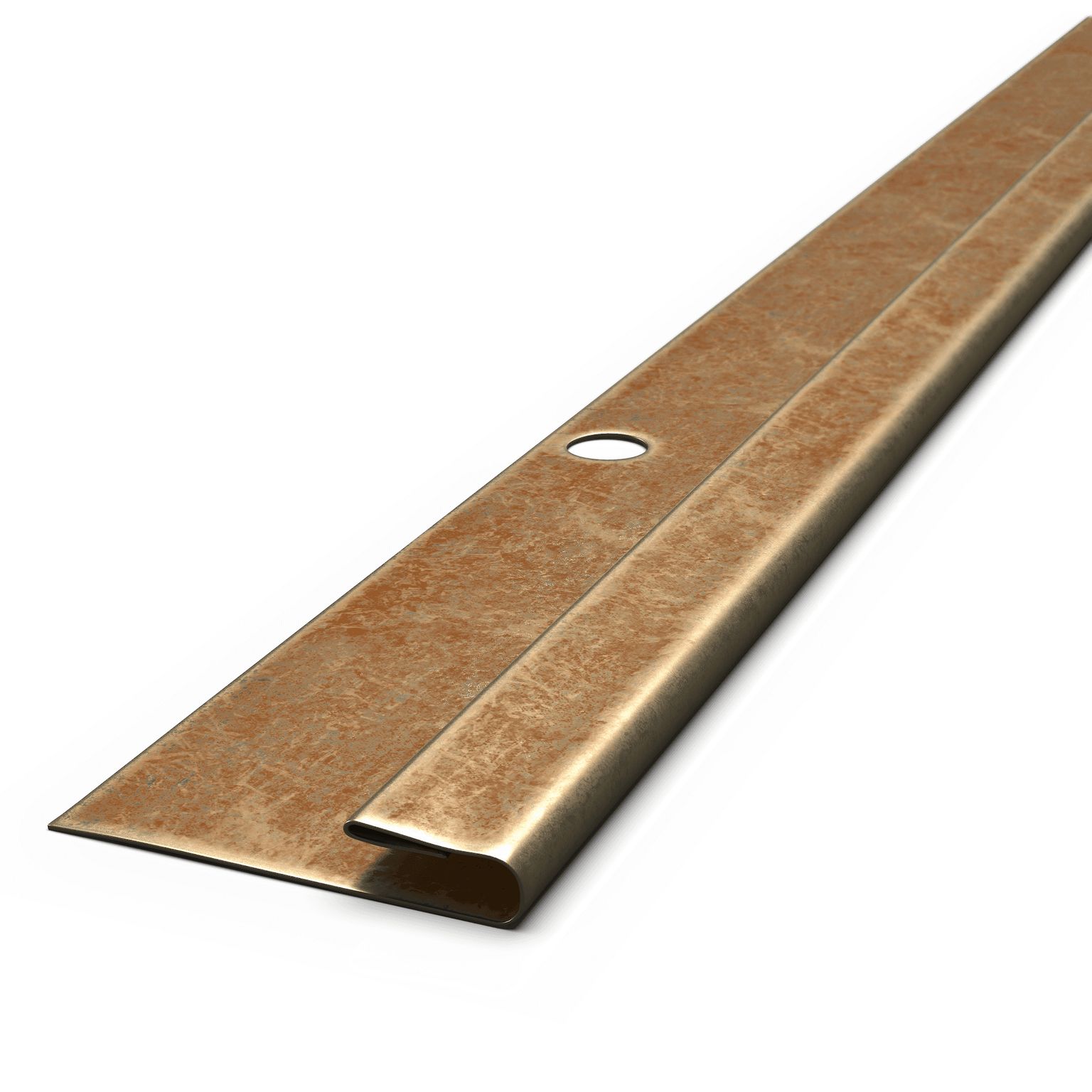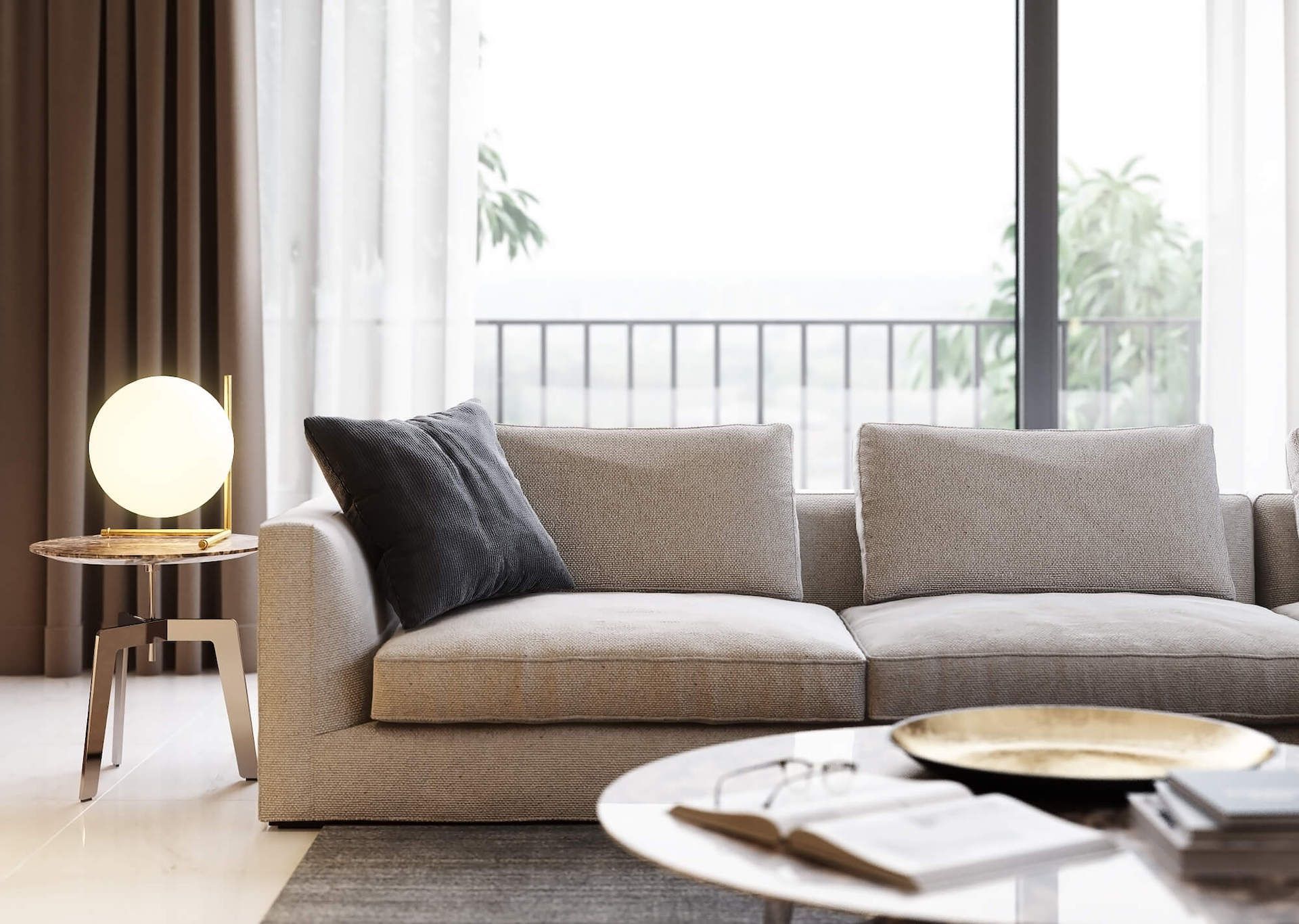The capabilities of a professional 3D visualization studio allow for creating mind-blowingly photoreal CGI for any product marketing purpose. But why is that important for furniture manufacturers? Because ultrarealistic visuals play a key role in swaying an online shopper’s decision in favor of a purchase. Thanks to such high-quality CGI, the customer can fully appreciate the materials and the finest details of the design, which makes them more likely to buy the item. That’s why it is crucial to convey those qualities in the most realistic way possible.
To help you understand what goes into producing photoreal imagery and what you should expect when ordering it at our 3D rendering company, we prepared this short article. Here, you will learn what kinds of references are indispensable for creating highly realistic CGI and what products benefit the most from top-quality visualization. Let’s take a look!
References That Are a Must for Photoreal Rendering

The number one thing that makes a 3D render indistinguishable from a photo is the impeccable look of materials. That’s why photoreal CGI requires ultra-detailed textures. To create those, 3D artists need high-quality visual aid. In particular, there are two types of references you can provide to your team of CGI experts to get the desired results. Let’s see what they are.
1. Detailed Photos
The easiest thing you can do is take crisp, high-resolution photos of the materials used in product design. To make your references the most informative, you should take such pictures from several angles and with different lighting. This way, your CGI expert will be able to clearly see all the properties of materials to recreate them accurately in 3D.
2. Physical Samples
Alternatively, you can send actual samples directly to the 3D visualization studio. In this case, your CGI specialist will have a chance to study the textures up close without having to ask you for any additional information. As a result, you will get perfectly photoreal CG renders for furniture marketing without any delays.
Products That Need Photoreal CGI the Most
The value of some pieces of furniture is largely determined by the materials used in their production. Here, we’ve prepared some examples of photoreal visuals we created for such products. Check them out.
1. Solid Wood



The beauty of this material comes in many different shapes. Depending on the treatment, its surface can either retain its natural imperfections or have a more sleek and polished look. Those details can easily be lost in images that are not detailed enough. At the same time, they are crucial for customers trying to find pieces that precisely match their aesthetic. Therefore, manufacturers of solid wood furniture should always consider using photoreal renders in their marketing campaigns.
2. Fabrics



Fabric is the number one thing customers notice in upholstered furniture CGI projects. It’s also the key element they consider when making a purchase. After all, it’s not just the color that matters, but also what the material feels like to the touch. With ultra-realistic CGI, one can accurately convey the texture of upholstery, as well as the stitching work. That allows online shoppers to appreciate the quality of the product and make purchase decisions with confidence.
3. Velvet and Velour



This fabric has quite a unique texture, which is why it deserves a special mention on this list. A luxurious material, velvet looks particularly opulent and alluring under soft lighting. And there’s no better way to show it in all of its glory than by using 3D visualization which offers full control over the look of the product’s surroundings. For this reason, manufacturers that use velvet in their production are among those that benefit from using photoreal CGI the most.
4. Metal




There are so many kinds of metal with such a great variety of finishes that it’s almost too easy to choose the wrong one. Luckily, manufacturers can solve this problem once and for all by adopting highly detailed CGI. This way, they can be certain that even the smallest details, such as furniture hardware, will be visualized with complete accuracy.
5. Leather



Leather has a very particular look that makes it look expensive and desirable. It’s the folds, the soft shine, and the tiny cracks in its texture that, in combination, create this substantial and timeless aesthetic. If one uses anything but absolutely photoreal visuals to promote leather furniture designs, one runs the risk of making the products look cheap. So, to make sure they do their pieces justice, manufacturers should always choose top-quality CGI.
6. Fur

Whether it’s natural or faux, the main quality of fur is its softness. And nothing can convey it better than photoreal CGI. In fact, ultra-detailed 3D visualization allows customers to clearly see the length and density of the hairs. This way, online shoppers can quite accurately tell what the fur will feel like from images alone.
These renderings definitely have the power to make customers fall in love with the pieces, wouldn’t you agree?
This level of photoreal quality is achieved thanks to the numerous ways one can adjust the look of the textures and lighting using 3D visualization software. Naturally, that takes more time than creating renders of standard, less detailed quality. But nothing is impossible as long as the 3D artist has informative visual references.
Want to learn more about photoreal CGI for product marketing? Contact us at CGIFurniture to get a free consultation on 3D modeling service with our manager!
